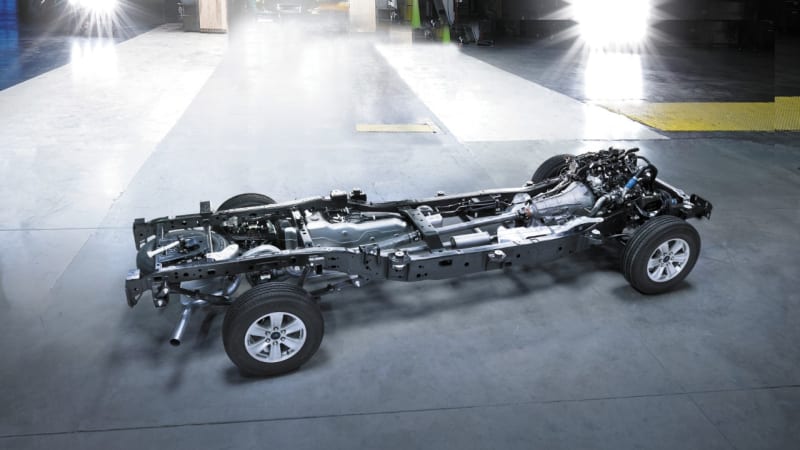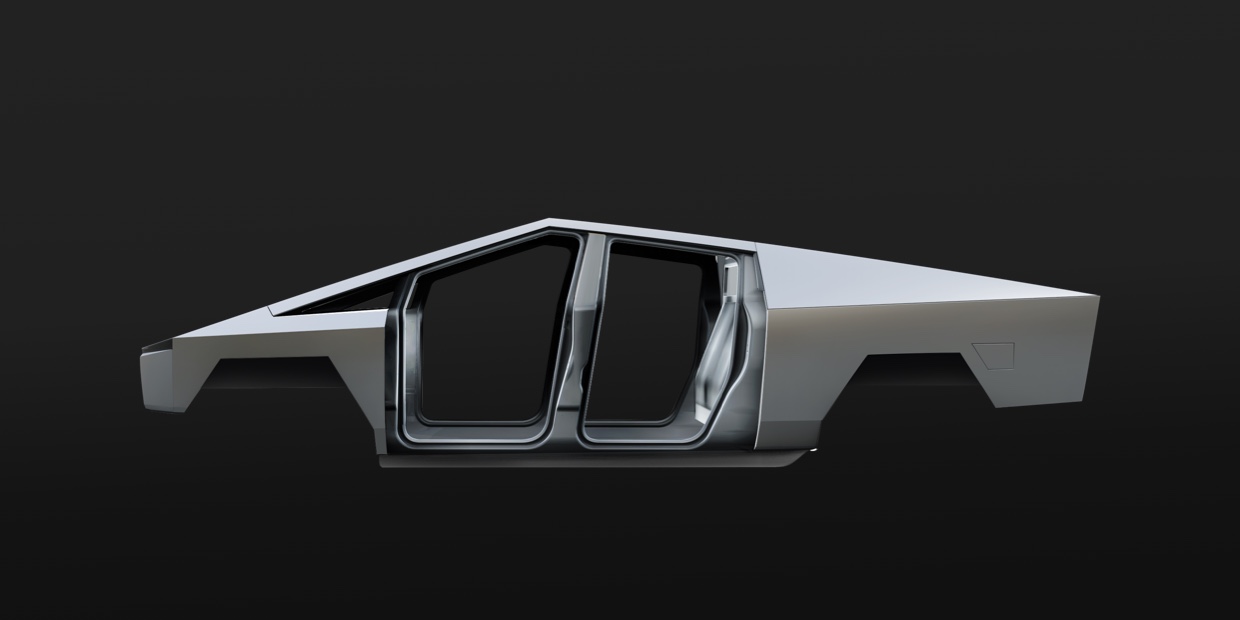MC3OZ
Active Member
Thinking about the market for other Cyber variations, I think there are 2 key criteria:-
Other obvious candidates are:-
But my hunch is at say 10K per week or more conventional manufacturing may yield a lower cost than Cyber.
What would be good for a non-cyber econ-box is to somehow eliminate paint.
- A tough hard wearing exterior has to be absolutely required.
- Or production volumes need to be small, say less than 2,000 per week.
Other obvious candidates are:-
- Pickup- Small, Large
- Van - Small, Medium, Large
- Mini-Van
- RV (with solar roof and fold out solar awnings)
But my hunch is at say 10K per week or more conventional manufacturing may yield a lower cost than Cyber.
What would be good for a non-cyber econ-box is to somehow eliminate paint.





